Beyond buildings: the expanded vision of the 2019 Chicago Architecture Biennial
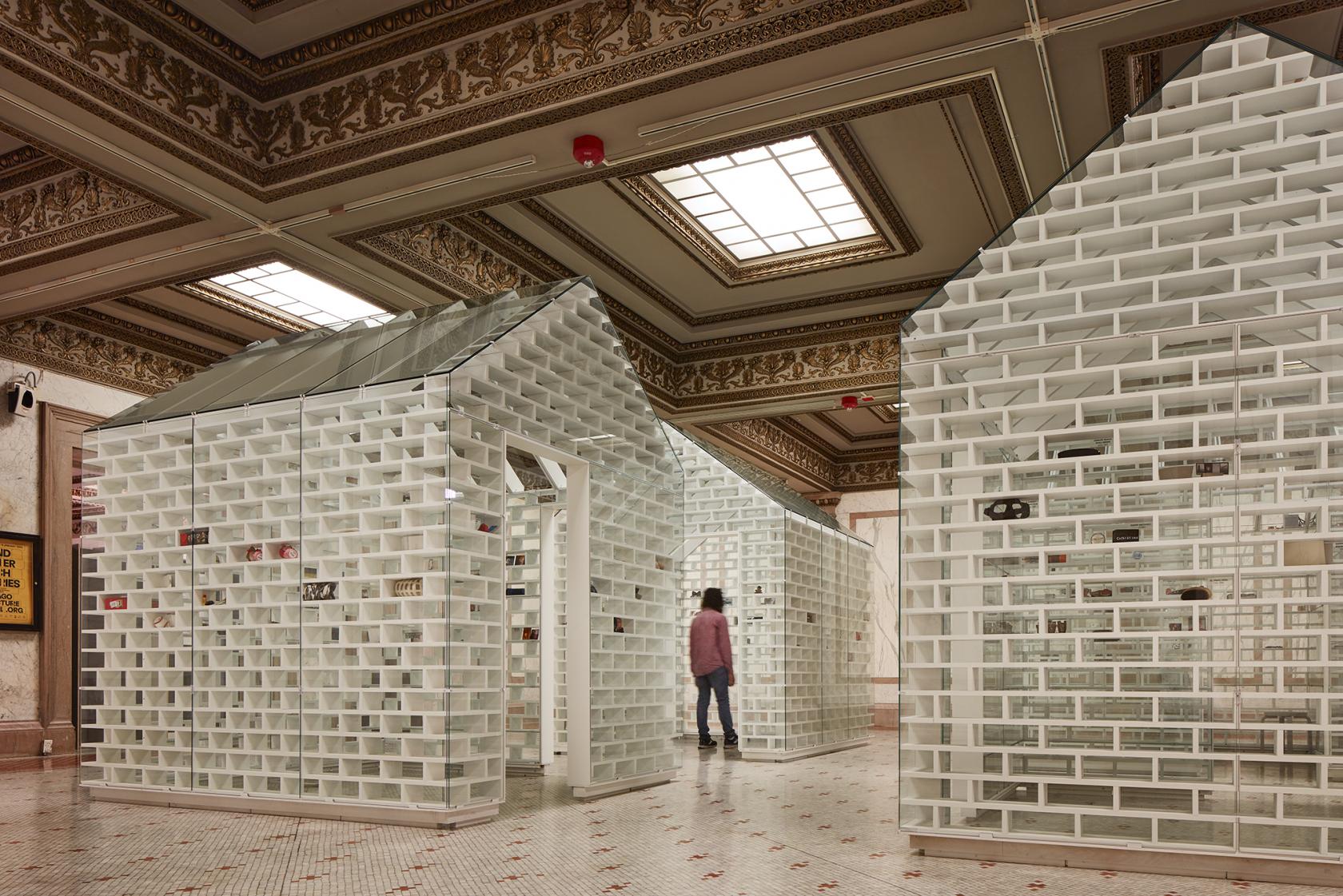
The title of this year’s Chicago Architecture Biennial (CAB) ‘…and other such stories', seems like a riposte to that of the previous installment, ‘Make New History'. In some ways it’s more than that – almost a riposte to architecture itself, to the degree that artistic director Yesomi Umolu felt compelled to note, at the opening panel in September, that she was ‘not against architecture'. Just the same, the show’s focus is definitely expanded, with its 80 plus contributors taking on pressing social issues like climate change, inequality and race.
A signal contribution is the Settler Colonial City Project and American Indian Center’s ‘Decolonizing the Chicago Cultural Center', a series of glass panels installed in various locations throughout the historic building that has been the Biennial’s primary venue since its 2015 debut. The placards bear messages about the history of the Center itself, pointing out for example that its exquisite Tiffany ceilings ‘legitimise the displacement… of Native Americans', owing to the glass company’s appropriation of Sioux and Navajo motifs.
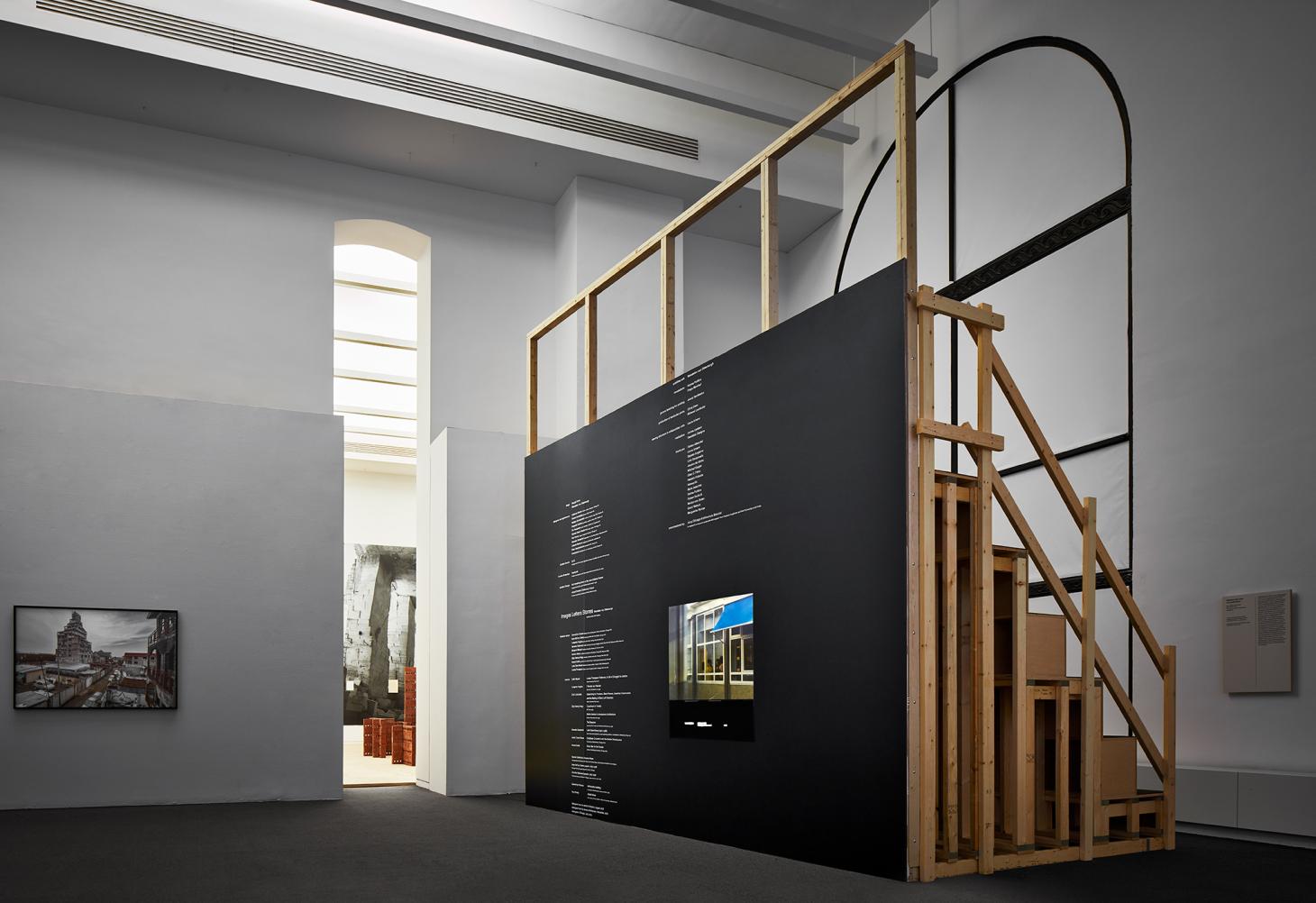
Likewise a contribution from Native American artist Santiago X, titled ‘Hayo Tikba (The Fire Inside)', which features a full-size hut-like dwelling topped by a digitally-projected flame. According to the artist’s statement, the piece ‘alludes to loss and renewal [and] indigenous people’s resilience', though as with the text panels it seems less an allusion than a direct indexical gesture – a pointed reminder, in case anyone had forgotten, of the way the West was won.
If the show wears its didacticism very much on its sleeve, there are still instances where its lessons are conveyed via original architectural expression. ‘I think of it as like making space for conversation', says Oscar Tuazon: the artist’s ‘Great Lakes Water School' is a simple modular-ish construction that serves as a mobile, adaptable learning and event space aimed at starting community dialogues around local ecology.
RELATED STORY
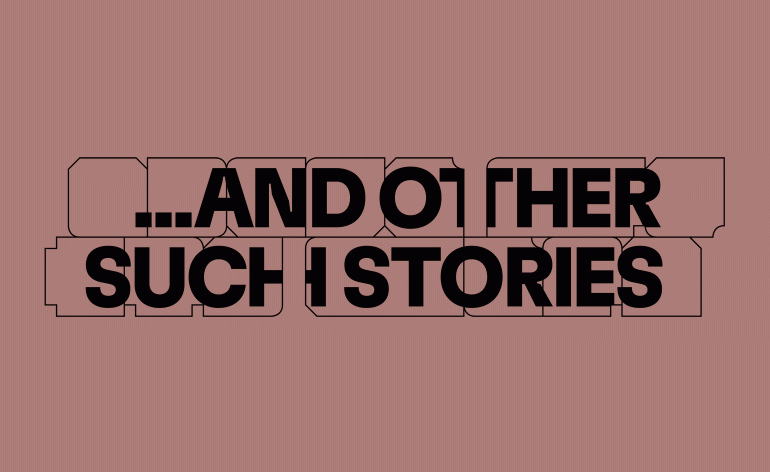
Only steps away is another full-size structure, ‘Re-Rooting + Redux': a project of Chicago-based advocacy-and-design group the Sweetwater Foundation, the piece a simple assemblage of wood and bolts of a type that its creators are actually building to help serve under-privileged arounds around the city. According to the Sweetwater Foundation’s Emmanuel Pratt, the team’s strategy is akin to ‘urban acupuncture'.
An expanded vision of the practice of architecture seems like a noble goal – though this CAB is often most effective when it puts buildings front and centre
As in CAB’s past, this year’s edition also included events and presentations outside the confines of the Cultural Center. One such locale was the now-decommissioned Overton Elementary School on the city’s South Side, a stunning 1962 modernist design from architects Perkins + Will whose ghostly halls were filled with the eerie bumps and clangs of Zorka Wollny’s sound work ‘Overtone Hive'. A few miles away, at the site of what is planned to be the future National Public Housing Museum, South Africa’s Keleketla! Library and a group of collaborators debuted another sound piece, ‘Listed', a self-generating work created by the record voices of the visitors themselves as they clamber across a wooden gangway beside an eerily-abandoned housing project.
Whether onsite or off, the commitment to what co-curator Paulo Tavares called ‘an expanded vision of the practice of architecture' seems like a noble goal – though this CAB is often most effective when it puts buildings front and centre. MASS Design Group’s National Gun Violence Memorial, a simple assemblage of gabled glass boxes containing personal memorabilia from shooting victims, seems like the kind of project that really could start a movement. Sometimes architects just have to do architecture.
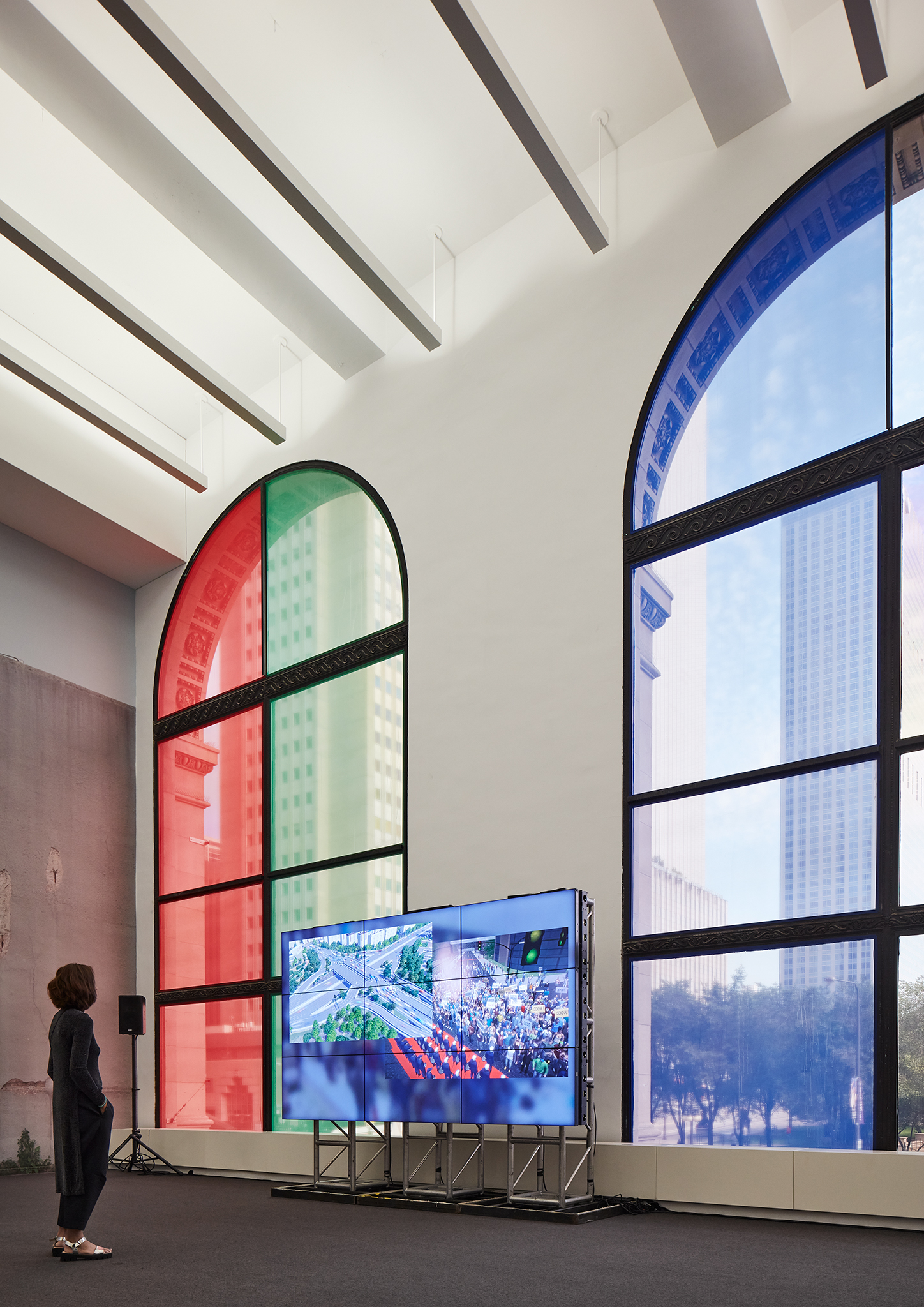
‘Transformation Scenario,' by Clemens Von Wedemeyer
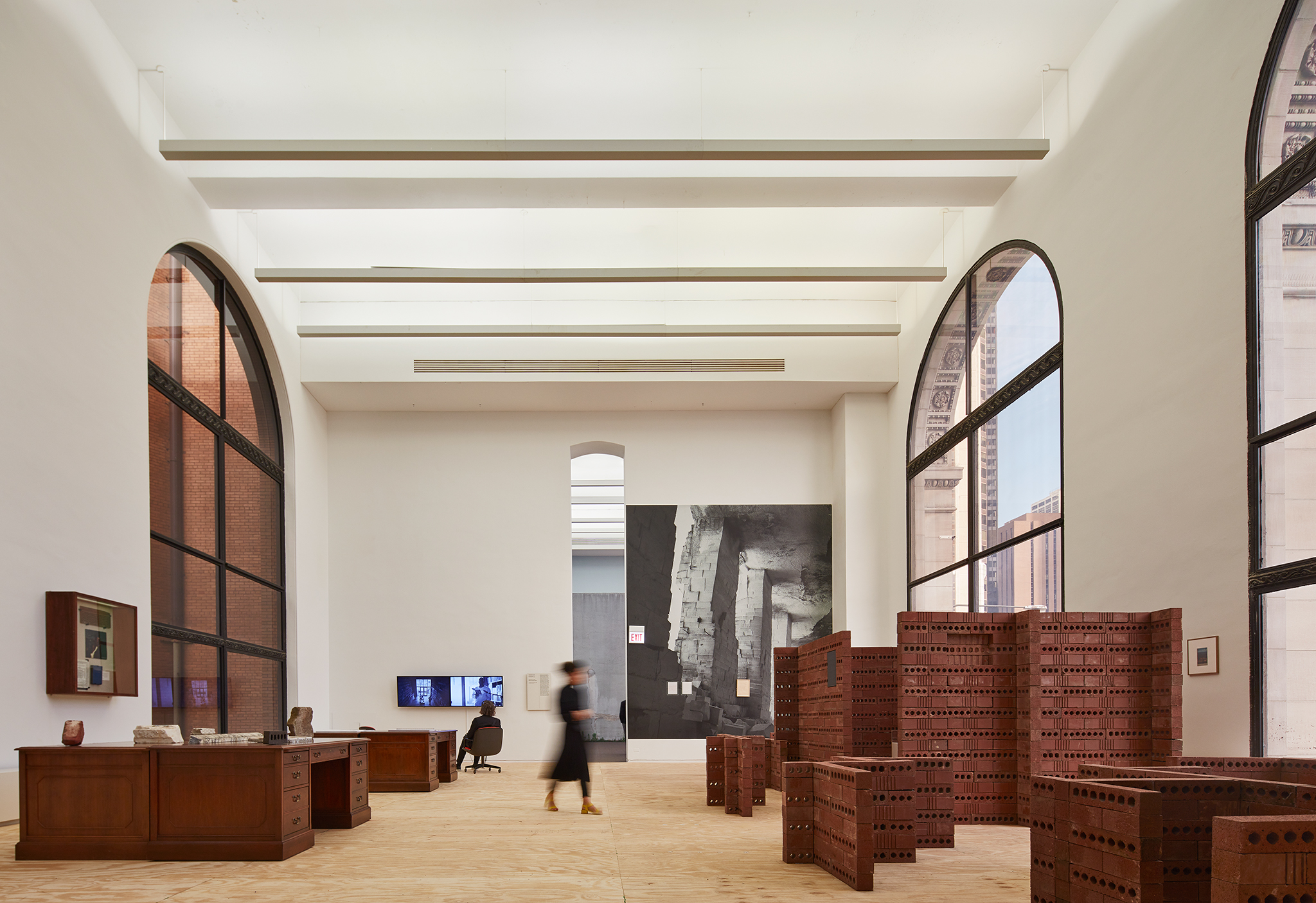
‘Landed: Gates et al.’
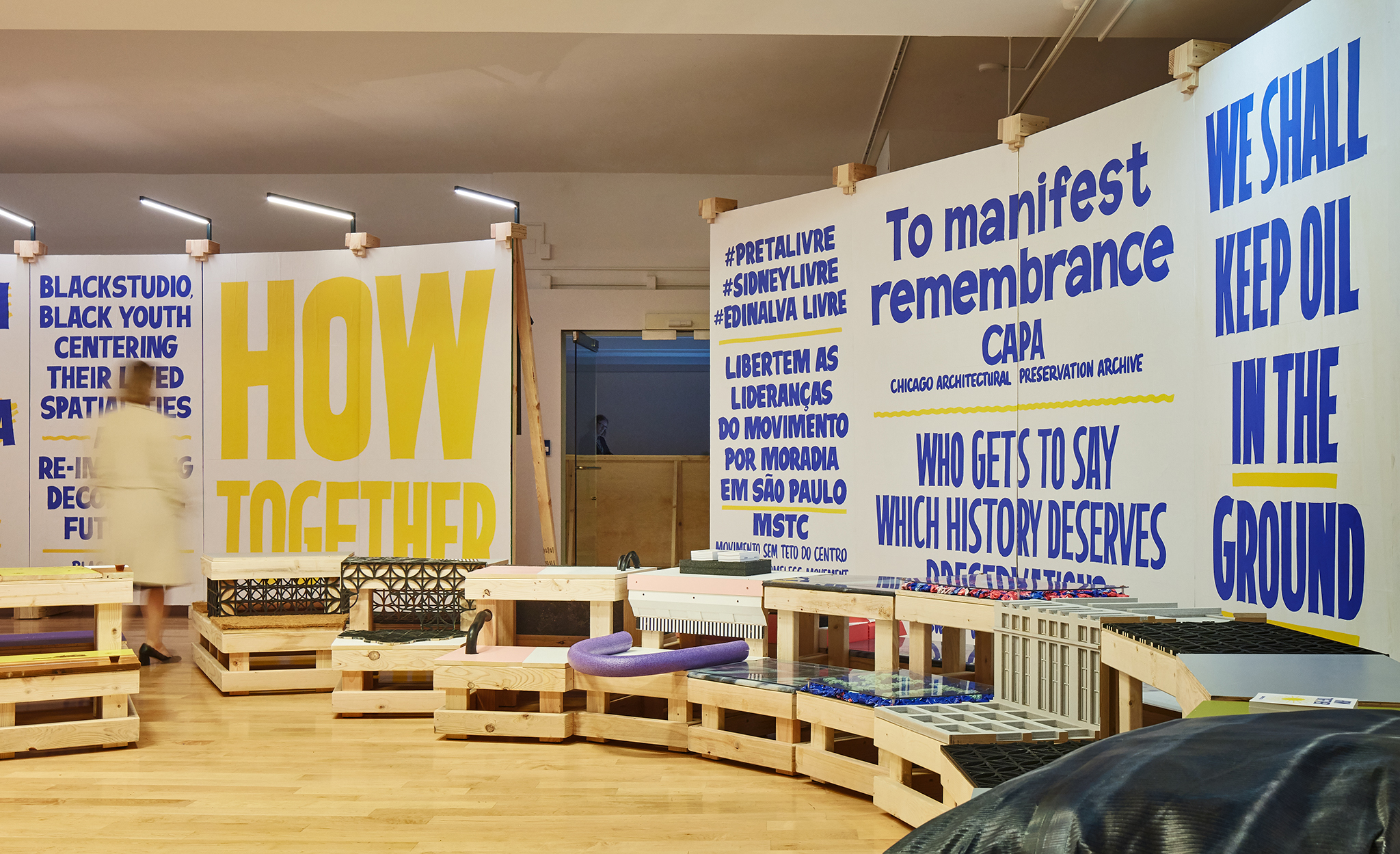
‘How Together'
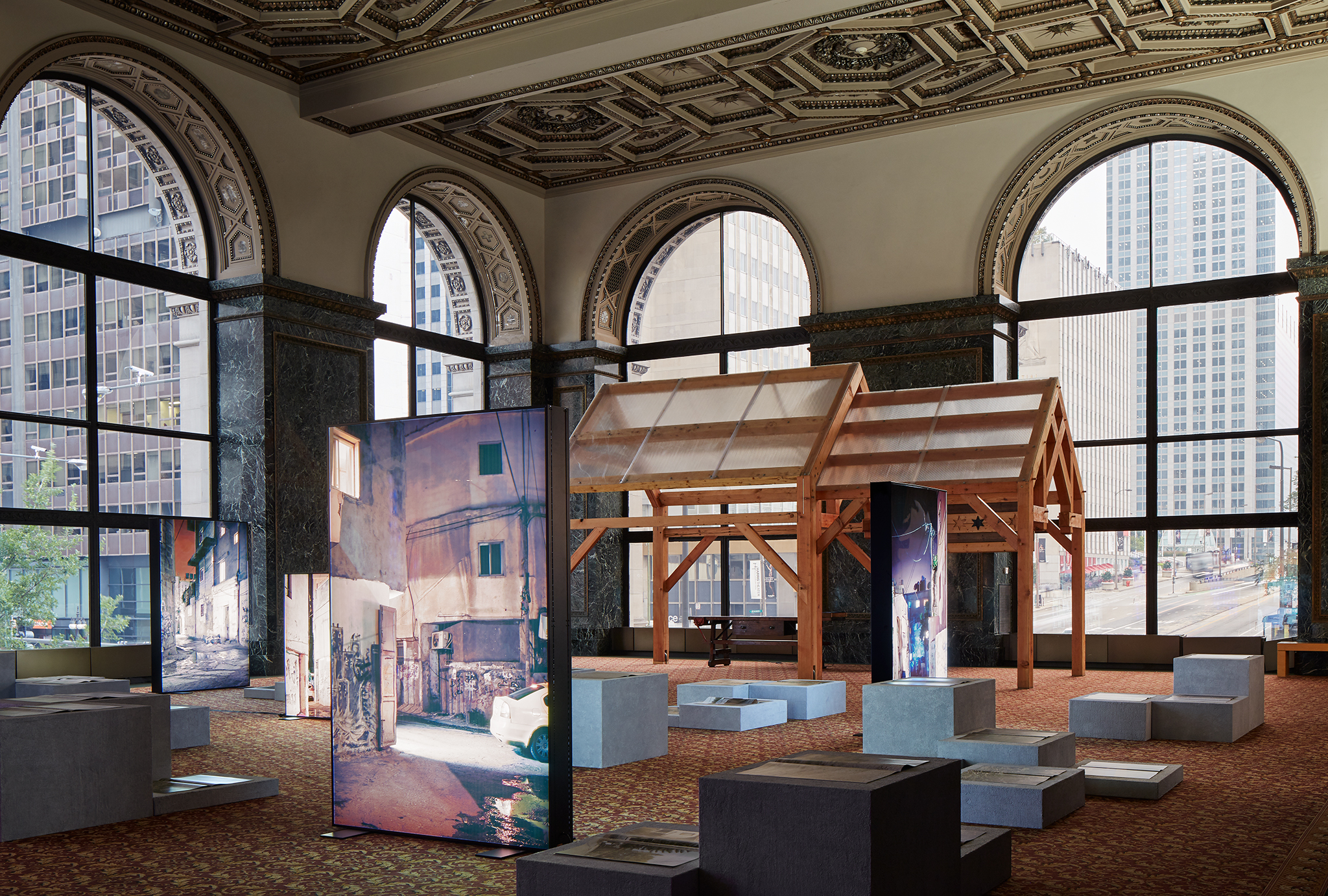
‘Refugee Heritage' by Decolonizing Architecture Art Residency (DAAR)
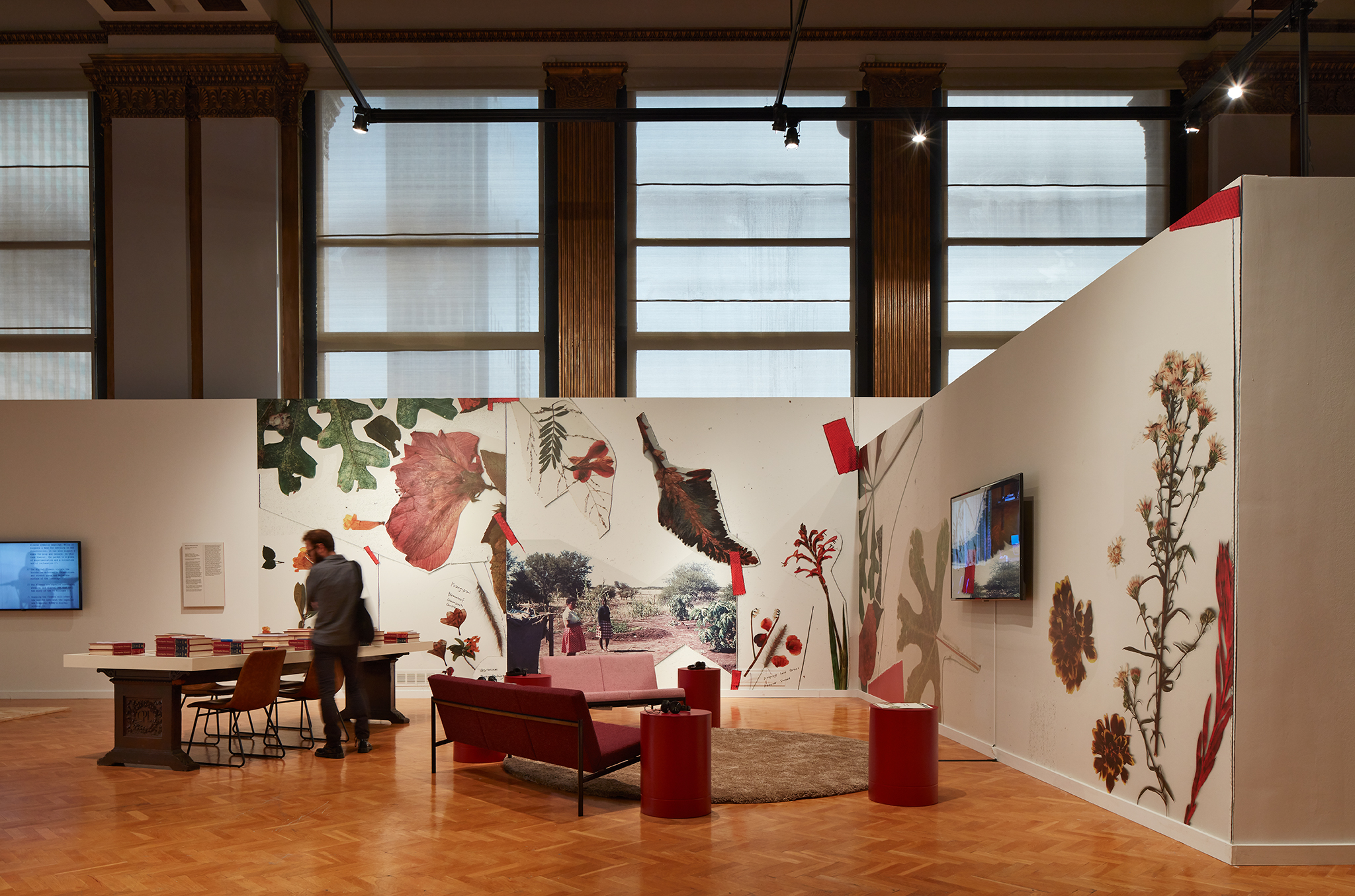
‘Summer Flowers'
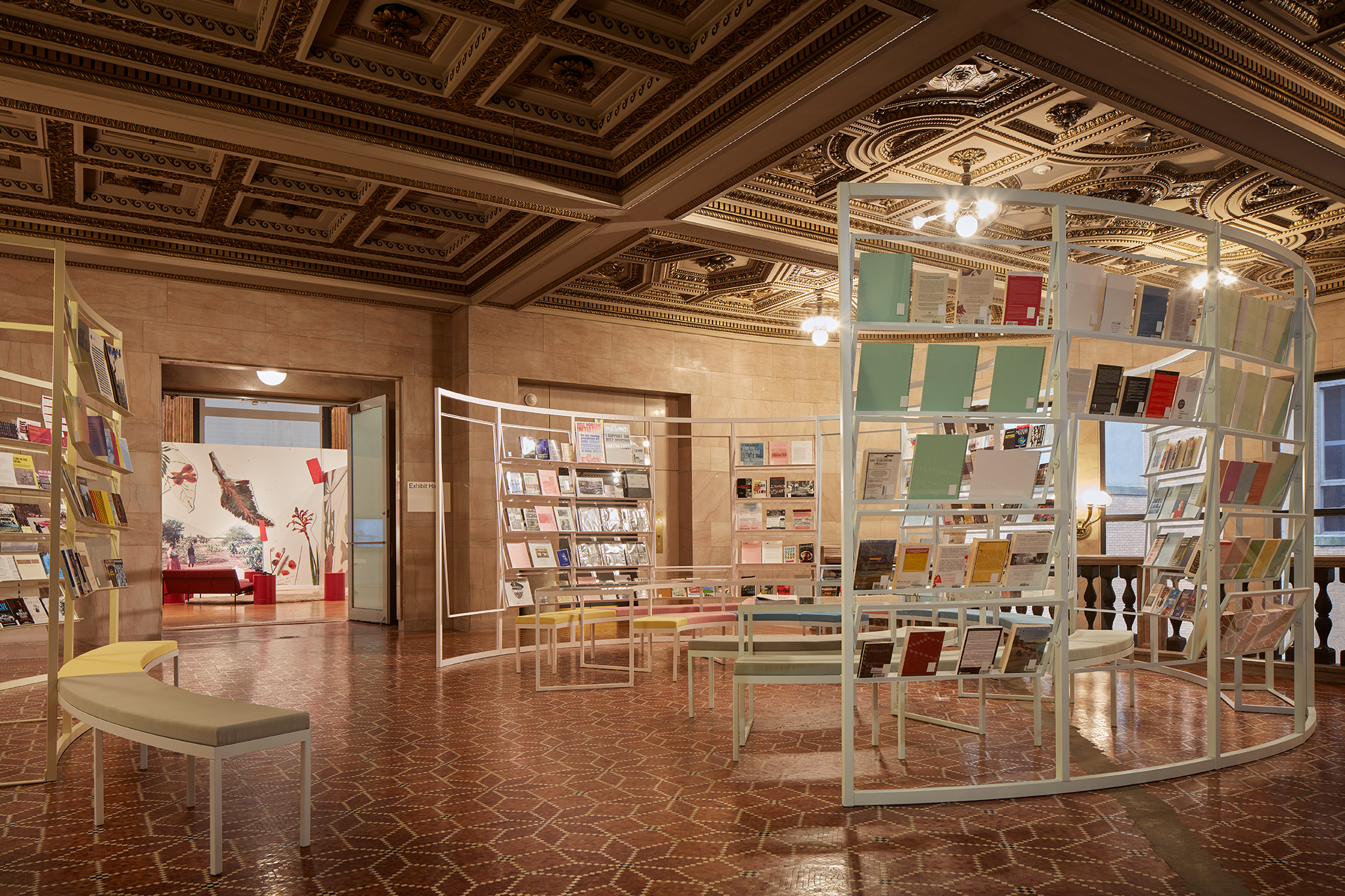
‘Anarchitectural Library (against the neoliberal erasure of Chicago’s common spaces)'
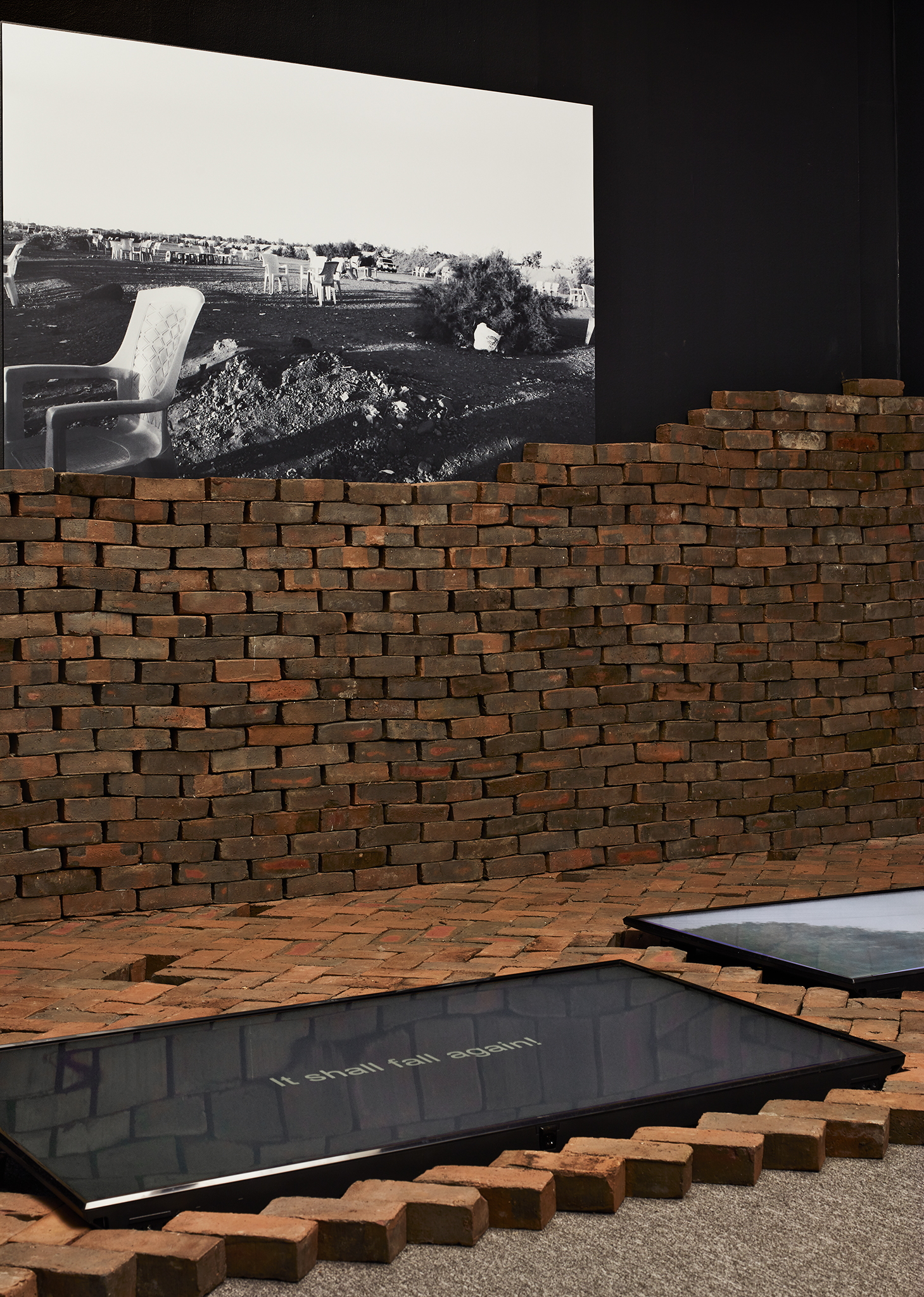
‘A Thought of the Outside,' by Ola Hassanain
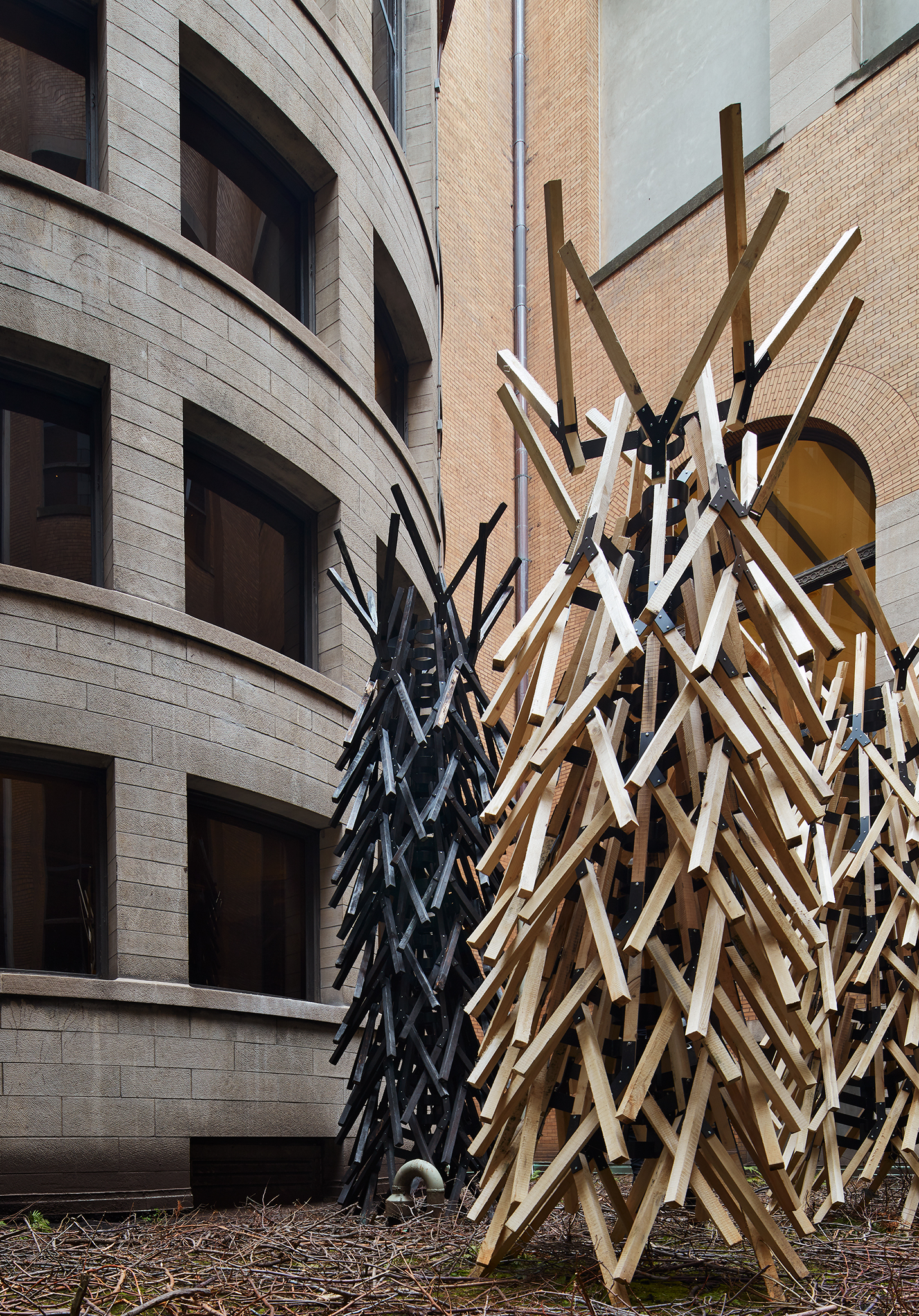
‘Three Trees: Jackson, Obama, Washington
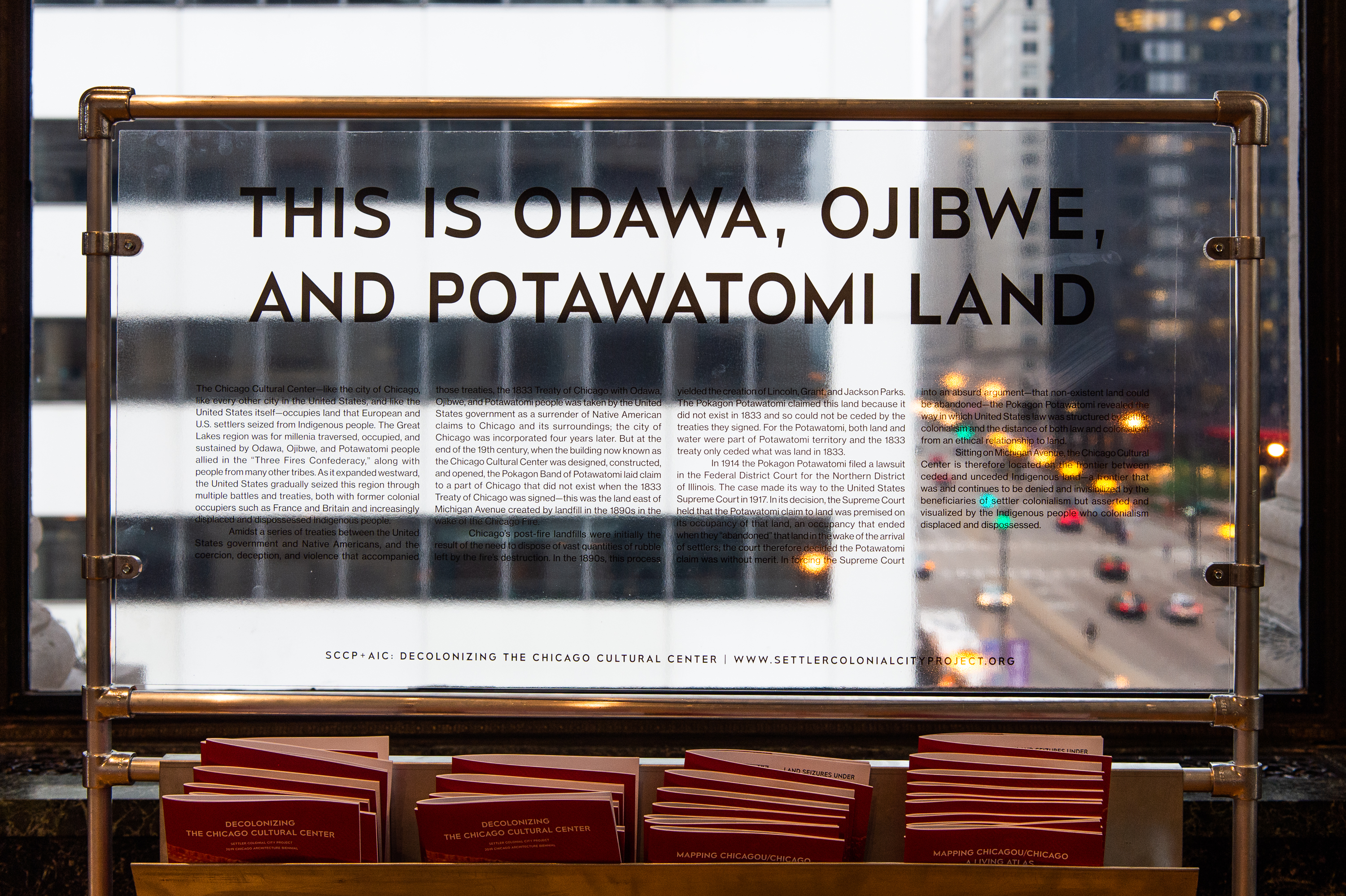
‘Decolonizing the Chicago Cultural Center' by Settler ColonialCity Project & American Indian Center

‘Museum of Oil'

‘Marj and Prairie: Eating Our Histories' by Palestine Heirloom Seed Library
INFORMATION
chicagoarchitecturebiennial.org
Wallpaper* Newsletter
Receive our daily digest of inspiration, escapism and design stories from around the world direct to your inbox.
-
 Put these emerging artists on your radar
Put these emerging artists on your radarThis crop of six new talents is poised to shake up the art world. Get to know them now
By Tianna Williams
-
 Dining at Pyrá feels like a Mediterranean kiss on both cheeks
Dining at Pyrá feels like a Mediterranean kiss on both cheeksDesigned by House of Dré, this Lonsdale Road addition dishes up an enticing fusion of Greek and Spanish cooking
By Sofia de la Cruz
-
 Creased, crumpled: S/S 2025 menswear is about clothes that have ‘lived a life’
Creased, crumpled: S/S 2025 menswear is about clothes that have ‘lived a life’The S/S 2025 menswear collections see designers embrace the creased and the crumpled, conjuring a mood of laidback languor that ran through the season – captured here by photographer Steve Harnacke and stylist Nicola Neri for Wallpaper*
By Jack Moss
-
 We explore Franklin Israel’s lesser-known, progressive, deconstructivist architecture
We explore Franklin Israel’s lesser-known, progressive, deconstructivist architectureFranklin Israel, a progressive Californian architect whose life was cut short in 1996 at the age of 50, is celebrated in a new book that examines his work and legacy
By Michael Webb
-
 A new hilltop California home is rooted in the landscape and celebrates views of nature
A new hilltop California home is rooted in the landscape and celebrates views of natureWOJR's California home House of Horns is a meticulously planned modern villa that seeps into its surrounding landscape through a series of sculptural courtyards
By Jonathan Bell
-
 The Frick Collection's expansion by Selldorf Architects is both surgical and delicate
The Frick Collection's expansion by Selldorf Architects is both surgical and delicateThe New York cultural institution gets a $220 million glow-up
By Stephanie Murg
-
 Remembering architect David M Childs (1941-2025) and his New York skyline legacy
Remembering architect David M Childs (1941-2025) and his New York skyline legacyDavid M Childs, a former chairman of architectural powerhouse SOM, has passed away. We celebrate his professional achievements
By Jonathan Bell
-
 The upcoming Zaha Hadid Architects projects set to transform the horizon
The upcoming Zaha Hadid Architects projects set to transform the horizonA peek at Zaha Hadid Architects’ future projects, which will comprise some of the most innovative and intriguing structures in the world
By Anna Solomon
-
 Frank Lloyd Wright’s last house has finally been built – and you can stay there
Frank Lloyd Wright’s last house has finally been built – and you can stay thereFrank Lloyd Wright’s final residential commission, RiverRock, has come to life. But, constructed 66 years after his death, can it be considered a true ‘Wright’?
By Anna Solomon
-
 Heritage and conservation after the fires: what’s next for Los Angeles?
Heritage and conservation after the fires: what’s next for Los Angeles?In the second instalment of our 'Rebuilding LA' series, we explore a way forward for historical treasures under threat
By Mimi Zeiger
-
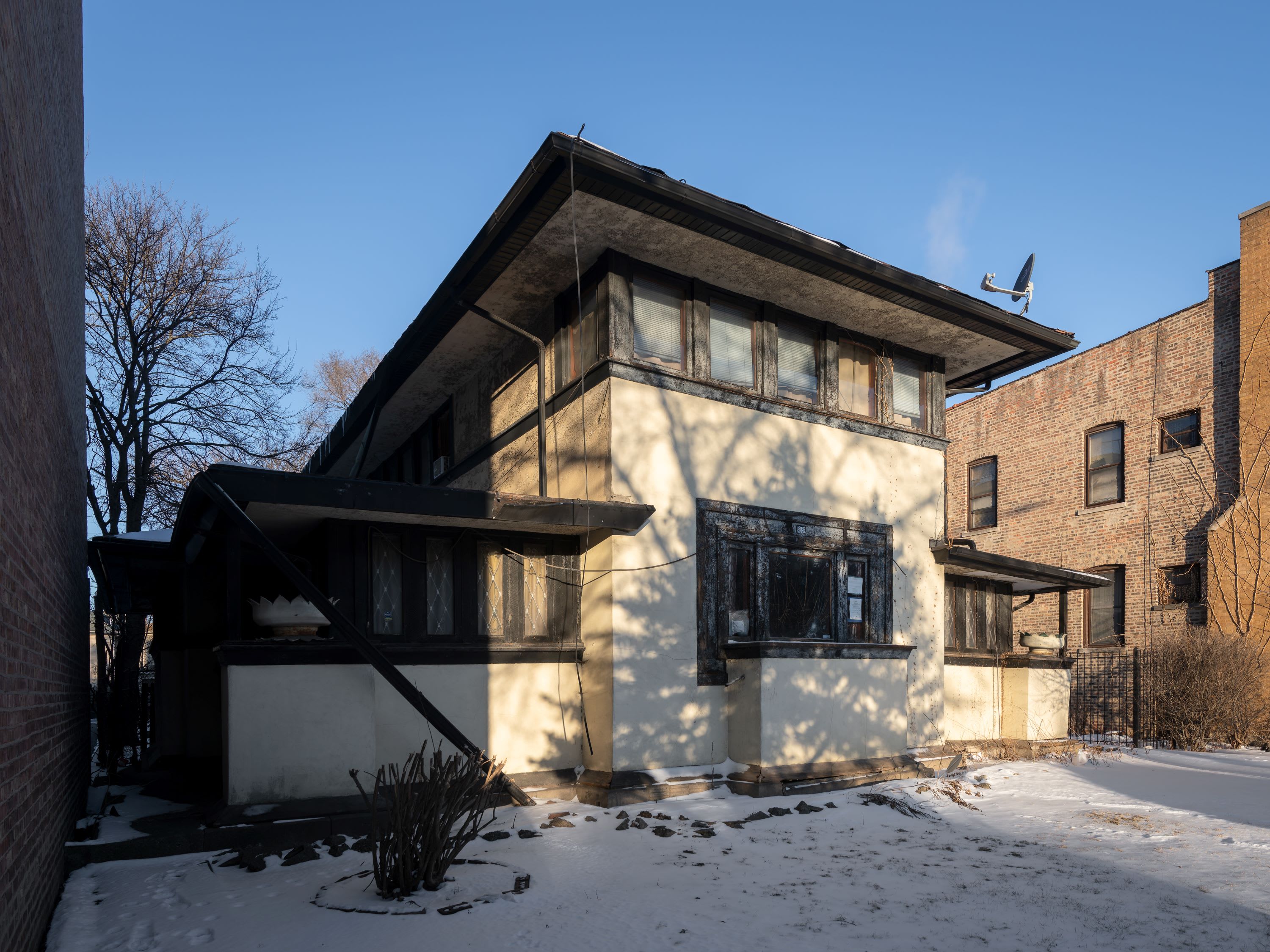 Why this rare Frank Lloyd Wright house is considered one of Chicago’s ‘most endangered’ buildings
Why this rare Frank Lloyd Wright house is considered one of Chicago’s ‘most endangered’ buildingsThe JJ Walser House has sat derelict for six years. But preservationists hope the building will have a vibrant second act
By Anna Fixsen